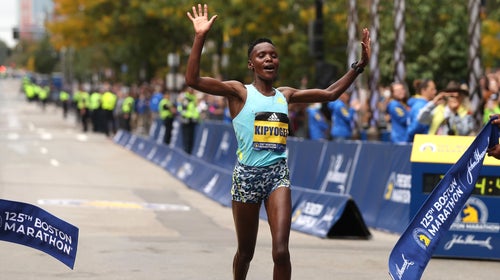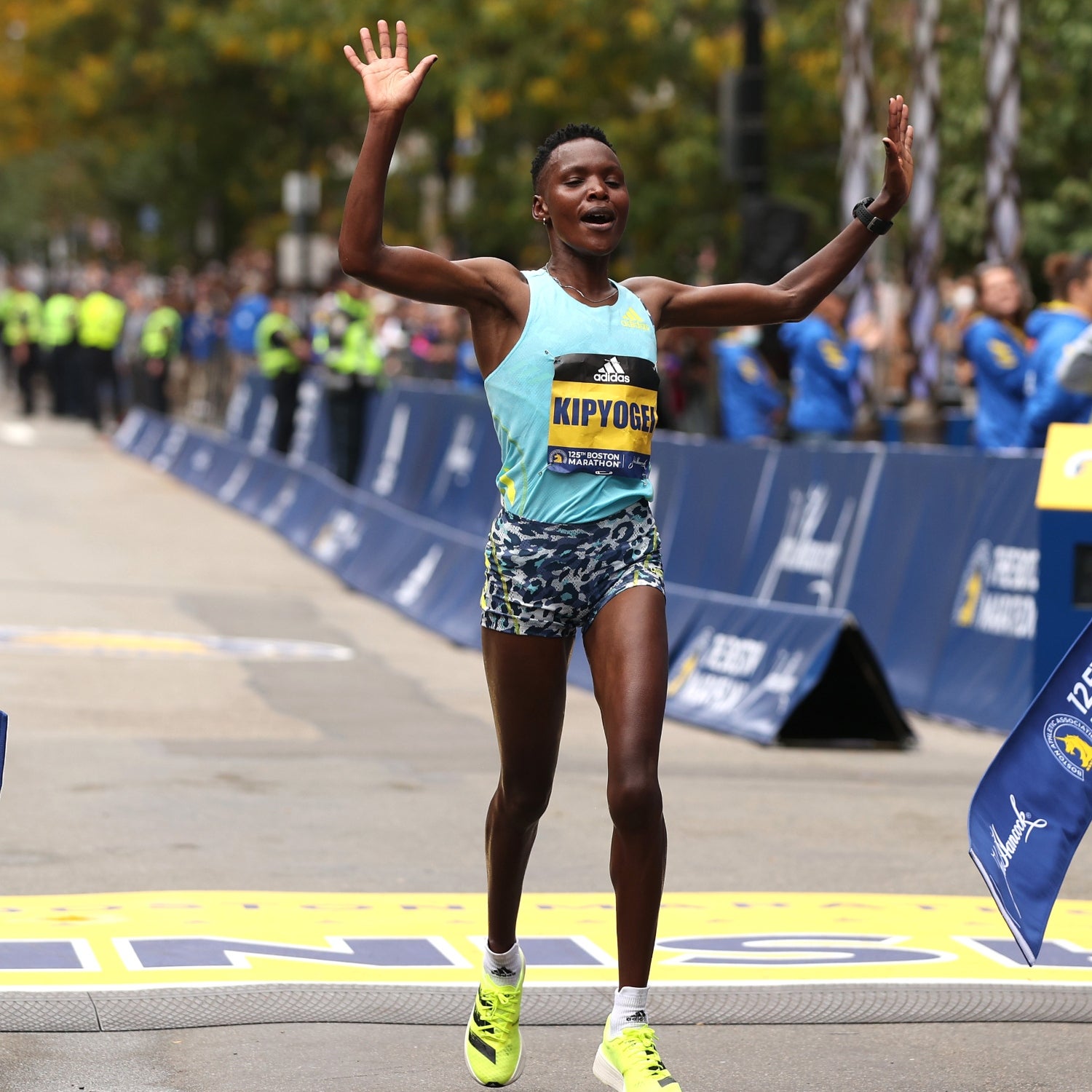Cheating! Everybody’s doing it! Or so one might assume based on recent headlines from the world of stationary sports. In the past few weeks alone, there’s been news of a fishing competition where with lead balls, as well as titillating accounts of and where the suspected culprits might have duped their opponents with secret vibration devices. One thing these diverse tales of deception had in common was that they brought national (and in some cases global) attention to sports that typically fly under the radar of mainstream coverage. In turns out that all you need for a chess match to “” is a compelling narrative about a vanquished grandmaster and some anal beads.
As someone who spends a fair amount of time writing about distance running, it was hard not to regard the drama in some of these other niche pursuits without experiencing a twinge of envy. For all their outlandishness, there was something refreshingly straightforward about these alleged offenses. In endurance sports, cheating stories almost invariably involve doping, a far more insidious kind of violation than, say, trying to smuggle weights into the bellies of walleyes. To understand the specifics of a typical rule infringement often demands being familiar with the World Anti Doping Agency’s , with its myriad sub-clauses and caveats. What’s more, doping violations can occasionally be so technical and seemingly arbitrary that even dedicated fans have a hard time keeping up.
Take the recent news that Kenya’s Diana Kipyokei, , had been provisionally suspended by the Athletics Integrity Unit after testing positive for triamcinolone acetonide, a form of glucocorticoid often used to treat inflammation. (The Boston Athletic Association has said that Kipyokei will be retroactively disqualified if her suspension is upheld.) Triamcinolone acetonide is only banned in competition when administered via injection, orally, or rectally. What’s more, local injections of glucocorticoids, which the are “commonly used as therapeutic substances in sports,” only became prohibited at the start of 2022 and can still be administered if the athlete obtains a Therapeutic Use Exemption. (Since we’re already deep in the weeds here, I might as well add that the triamcinolone acetonide depending on the route the substance takes into an athlete’s system and how many days before a competition it is last used: e.g. 30 days for oral ingestion, 60 days for intramuscular injection, but only ten days for an injection into a joint or tendon.)
None of this is meant to exonerate Kipyokei or her agent, Gianni Demadonna, who, for the record, claimed to have no knowledge of his athlete’s misdeeds in an . But her case is yet another reminder of how cheating in endurance sports often involves running afoul of a banal bureaucracy, whether wittingly or not. Even before he received a four-year ban for doping violations, one of the central criticisms of Alberto Salazar was that he was violating the “spirit of the rules,” by using TUEs in bad faith. Reading the details on triamcinolone acetonide, I was reminded of Salazar’s , another substance whose legality is contingent on the way it is administered and the dosage. Seen in this light, the difference between Kipyokei and some of Salazar’s athletes is that the latter were coached by a guy who was better at gaming the system.
In a recent , columnist Sally Jenkins makes the case that the difference between cheating and “performance enhancement” is perhaps more arbitrary than we like to admit. Her argument is that doping might be no more of an artificial advantage than the hyper-sophisticated use of technology and nutritional supplements that has become commonplace in professional sports. (She doesn’t mention super shoes, but she very well could have.) Anti-doping becomes particularly fraught, Jenkins argues, when a prohibited substance can also help counteract the physical wear-and-tear of high-level training. “What about the athlete who is simply trying to manage pain, speed recovery, or put on lean muscle to deal better with extreme demands?” Jenkins writes. “Is it so ethically wrong to minimize self-harm?”
Point taken. But this rationale doesn’t really fly when we’re talking about pain medication that might also boost your lactate threshold, to say nothing about the use of more blatant performance enhancers like EPO. In her piece, Jenkins also makes a provocative distinction between dopers and conventional cheats; she argues that a redeeming feature of the former group is that they are ultimately just looking to maximize their potential, which is the entire point of elite competition. Money quote: “Sports dopers are many things, but they aren’t lazy. They’re excessively driven.”
But the fact that you could say the same for athletes who don’t use any PEDs is a reminder that, unless we are going to advocate for the abolition of all doping regulations, we need to draw the line somewhere. That’s probably why I am more sympathetic towards WADA than someone like Jenkins, who has long been an of what she calls the “anti-doping movement.” WADA has the unenviable task of simultaneously trying to accommodate athletes who have legitimate cause for medical exemptions, while also not being outflanked by more cynical actors, like the Alberto Salazars of the world.
Anti-WADA sentiment sometimes sounds like wanting to shoot the messenger. In addition to the suspension of Kipyokei, at least ten other athletes from Kenya have been sanctioned in recent months, including Mark Kangogo, who won this year’s Sierre-Zinal, one of the world’s preeminent mountain races, and Lawrence Cherono, who won both the Boston and Chicago Marathons in 2019. Nobody gets any joy from seeing a race winner defrocked long after the fact––not the busted athlete, nor the champion-by-default who will always feel deprived of their moment of triumph.
It’s all very depressing. And enough to make you long for a world where a cheating conviction is as clear-cut as determining whether or not someone has a secret buzzer hiding in their ass.


